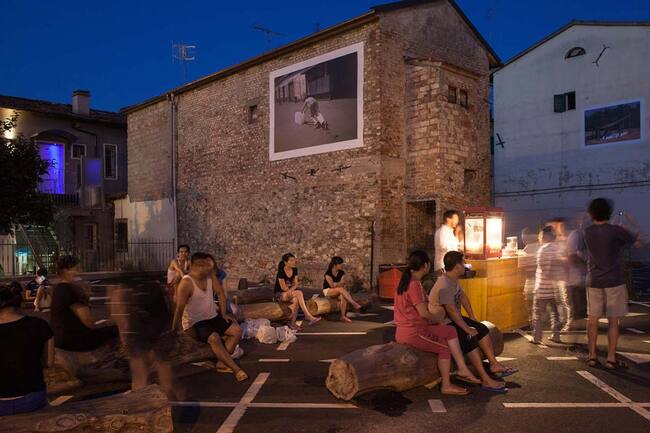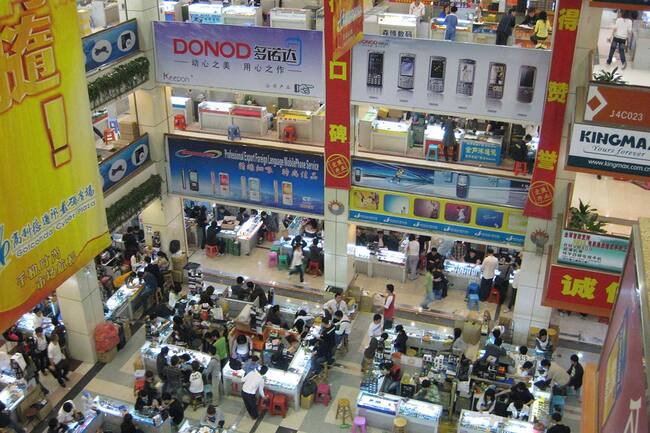
Prato and Shenzhen
and socio-economic improvement
The Italian city of Prato, located near Florence (IT) houses one of the biggest Chinatowns in Europe. Historically known as the manufacturing hub for the ‘Made in Italy’ label, the area has since the seventies attracted a massive migration from China. This wave of migrant workers has supported and then transformed the local textile industry contributing to the creation of a sub-contracting Chinese-led garment industry (which could offer cheap and quick labour force) fully integrated in the productive system of the country. This led to a boom of the city’s textile industry in the 90’s with more than 200 Chinese owned business firms, attracting progressively more Chinese citizens. As an effect, the city’s population rose from 50.000 inhabitants before WW2 to 150.000 today of which 40.000 to 50.000 are Chinese. Centrally located, the historic industrial district of the city nowadays hosts a high concentration of both Italian and foreign families leading often to cultural conflicts. The Municipality has taken the lead and wants to boost a process of positive regeneration through the realization of an integrated programme of transformation realized through the renewal of public space, social innovation measures and public investments. The aim is to turn complexity and diversity into an opportunity and transform the area into a creative district where multiple cultures, innovation and productivity will co-exist, showing that migration can positively shape the city’s urban culture, economy and spatial context.
Where the sun rises, on the other side of the globe, lying adjacent to Hong Kong, Shenzhen used to be an area filled with small villages. After it became a new town in 1979 through the status of Special Economic Zone, Shenzhen soon became a metropolis and a prototype for both economic and urban reform within China. In nearly forty years, the number of inhabitants has grown from about 30.000 to an unofficial count of almost fifteen million, of which today 82% are immigrants. This rapid expansion has led to a thriving economy, but also to many problems such as a massive floating population. Most of the rural migrants serve the exploitative urban manufacturing industries. To achieve greater social change Shenzhen is rethinking its economic and urban future and its identity – shifting from an industrial city with a manufacturing industry to a creative city which thrives on the service- and knowledge-industry. A new wave of experimentalism is on the rise that attempts to tackle contemporary urban complexities, develop holistic social growth and steer new social values not solely dependent on economic metrics. Social-entrepreneurship plays a big part in this - it not only contributes to the long-term, consumer dependent economy pursued by the Chinese government, but also enables grassroots innovators to build reliable connections with their suppliers, consumers and each other. This pioneering economic model of Shenzhen and its subsequent development into a place of technological and social innovation is an optimistic example in which migrants are seen as essential for production, creativity and innovation.
Both cities are taking on a proactive and forward-looking approach to migration and multiculturalism adopting diversity as an opportunity for the future.
– Prato will be presented by
– Shenzhen will be presented by
For the latest updates about the cities and speakers confirmed, please visit our website.

